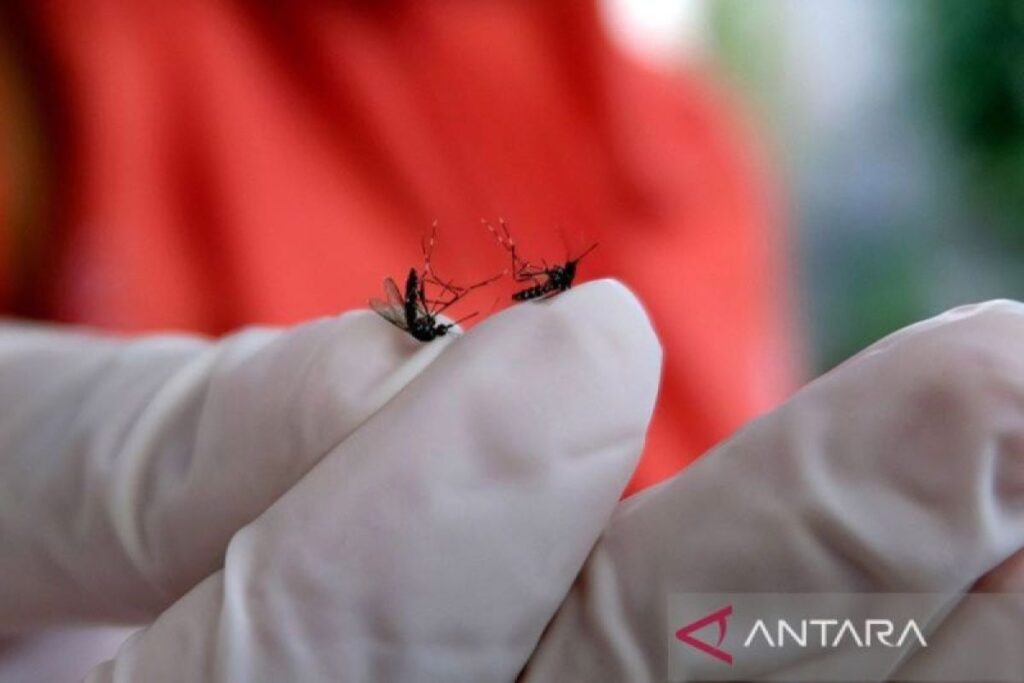
Dengue fever, also known as DBD, is a serious disease transmitted by mosquitoes. In Indonesia, the two main culprits responsible for spreading this disease are the Aedes aegypti and Aedes albopictus mosquitoes. These two species may look similar, but there are some key differences between them that make them unique in their ability to transmit DBD.
Aedes aegypti is the primary vector for dengue fever in Indonesia. This mosquito is easily recognizable by its black and white stripes on its body and legs. Aedes aegypti is known to be a highly urban mosquito, preferring to breed in clean, stagnant water found in containers such as flower pots, buckets, and water tanks. This mosquito is active during the day and is known to bite multiple people in a single feeding session, increasing the chances of spreading the dengue virus.
On the other hand, Aedes albopictus, also known as the Asian tiger mosquito, is another vector for dengue fever in Indonesia. This mosquito is slightly larger than Aedes aegypti and has a distinct white stripe running down the center of its body. Aedes albopictus is known to be more adaptable and can survive in a wider range of environments, including rural areas. This mosquito prefers to breed in natural habitats such as tree holes, bamboo stumps, and leaf axils. Aedes albopictus is also active during the day and can transmit the dengue virus to humans through its bite.
Despite their differences, both Aedes aegypti and Aedes albopictus are equally dangerous when it comes to spreading dengue fever. The best way to prevent the transmission of this disease is by eliminating mosquito breeding sites around your home, using insect repellent, wearing long-sleeved clothing, and using mosquito nets while sleeping. By taking these precautions, we can help reduce the spread of DBD in Indonesia and protect ourselves and our loved ones from this potentially deadly disease.

